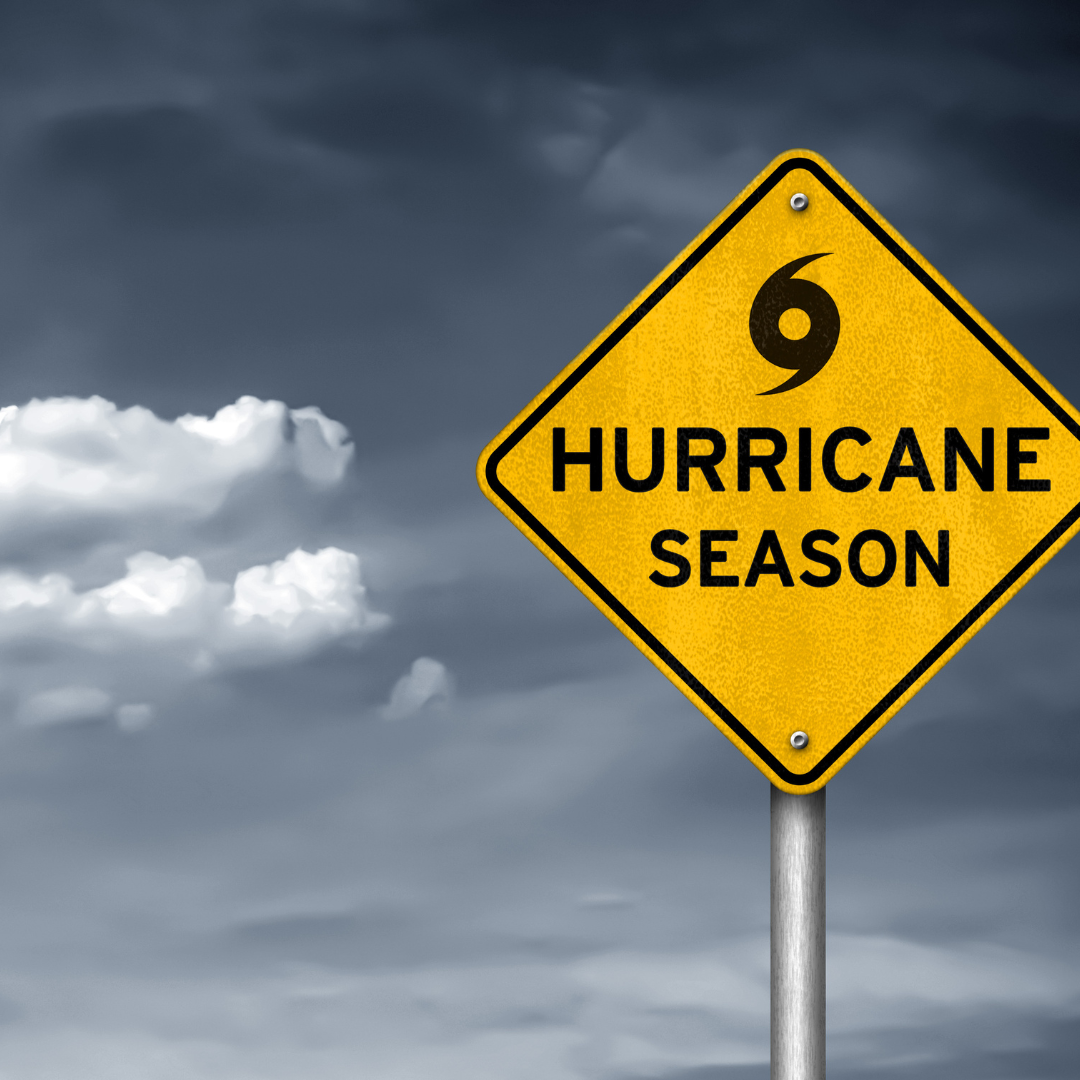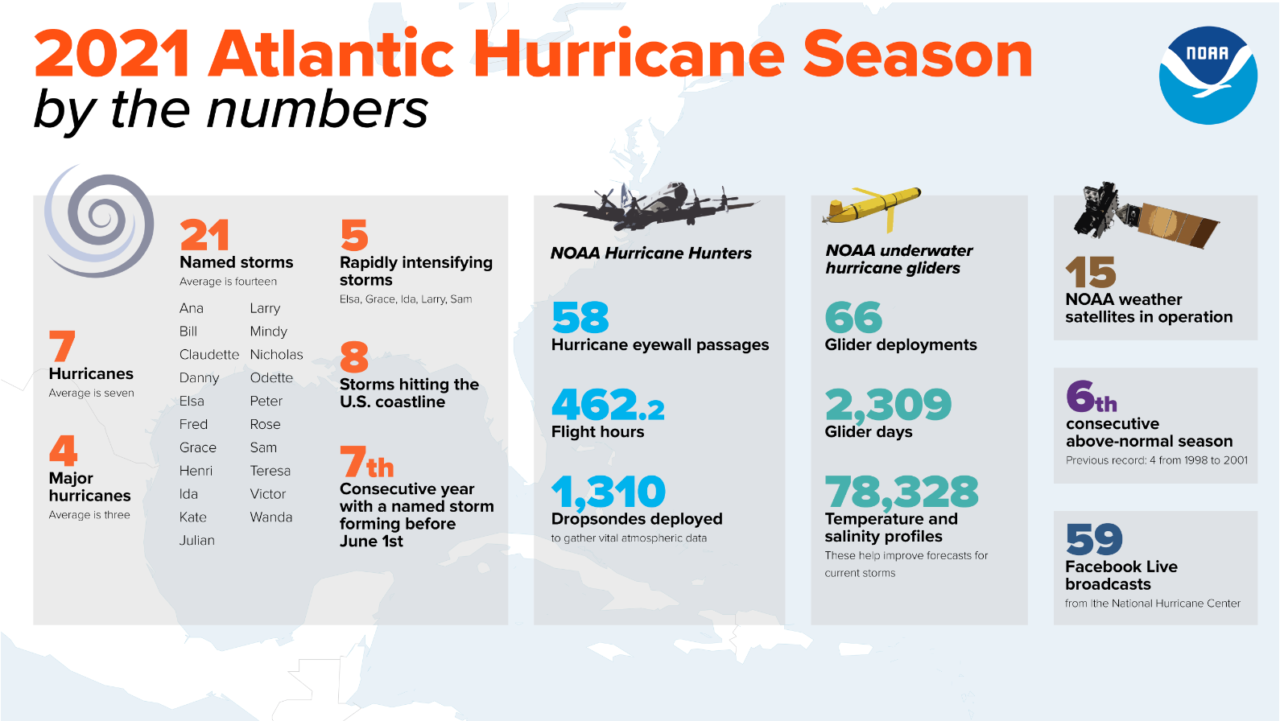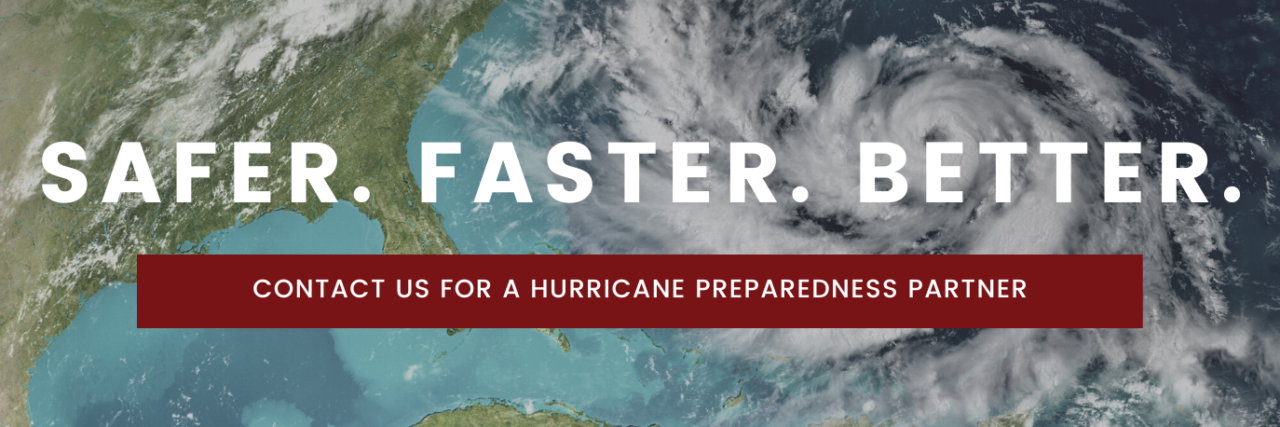Last year’s hurricane season proved to be yet another unprecedented record with 21 storms named — the first time ever that all 21 chosen storm names were exhausted for two years in a row. With storm frequency at an all-time high, it’s no surprise that recovery costs also went up to an unprecedented high of $80+ billion.
But it’s not only the frequency of storms that has increased, storms have also been growing in intensity. One prime example from the 2021 season was the devastating Hurricane Ida — the fifth hurricane in U.S. history to make landfall let alone with 150 mph sustained winds. (Hurricane Ida also became the fifth-most expensive storm in U.S. history, costing $73.6 billion in damages.)
All of this is to say that being prepared as a business, government agency, utilities facility and the like, is critical now more than ever before. A lot goes into creating a continuity plan, which can be intimidating. For this quick blog, we’re going to note some pretty important lessons to note from the 2021 hurricane season as well as give tips on how to better navigate through each incoming season in the future.
1. Storms are Increasing So Should Your Continuity Budget
If we’ve learned one thing, it’s that severe storms and hurricanes are not going to calm down in any way, shape or form let alone anytime soon. One of the biggest lessons for moving forward is to be sure that you’re investing appropriately for what’s to come. The National Institute of Building Sciences found in their 2019 study that for every $1 spent on advancements in mitigation $4 to $11 would be saved.
2. More Damage Means More Recovery Time
Not only would your continuity plan need more of an investment, but the time it takes to get your workforce and operations back on track would need to be recalculated with bigger damages and obstacles in mind. Unfortunately, COVID-19 remains an ongoing variable that not only impacted the 2021 hurricane season, but also is seemingly becoming the cause for more recovery headaches in the future. The effort to get back to normal in the aftermath of the 2021 hurricane season was compounded by labor shortages, inflation and supply disruptions — issues that continue to plague us today, and most likely, many years to come.
3. Always Expect the Unexpected
The biggest lesson learned from the 2021 hurricane season was that (regardless of if you’re on the coast or completely inland), if a system is on its way to your business’ area, or close to it, prepare like it’ll be the worst you’ve seen yet. When Hurricane Ida hit, per usual the idea was to prepare for what you think is coming, the downside to that was that businesses that were more inland got hit almost as badly as those that were on the coast but they weren’t prepared for it.
Moving forward, keeping the unexpected in mind as you create your continuity plan would prove to be a best practice that will make your investments go further and your recovery time shortened.
4. Choosing the Right Solutions is Critical
With everything to account for, — the increasing frequency and intensity of severe storms, shoring up your planning budget, adjusting time frames, and unexpected twists and turns — choosing the right solutions, and solution partners, to craft a successful continuity plan is critical. You’ll want and need an expert team that has a legacy for logistical support, 24/7 assistance and unrivaled customer service. Choosing the right solutions like versatile temporary tents for emergency base camps and full-service mobile facilities that will empower your workforce can make an impactful difference in planning as well as your outcomes in the aftermath.




